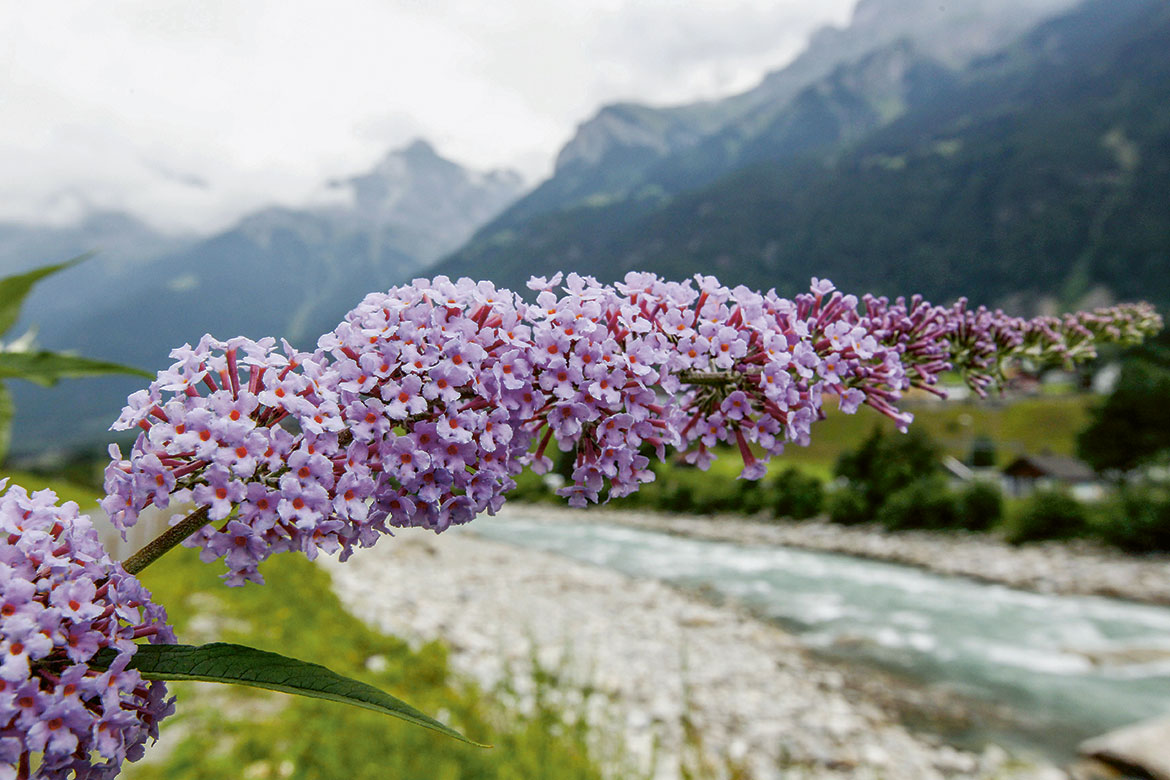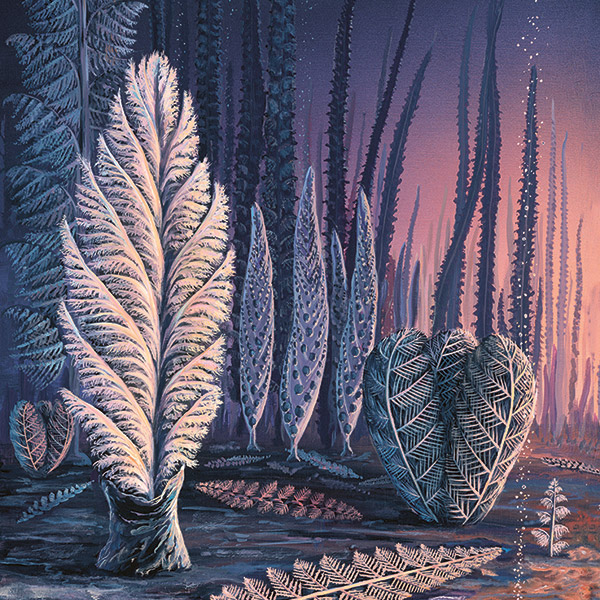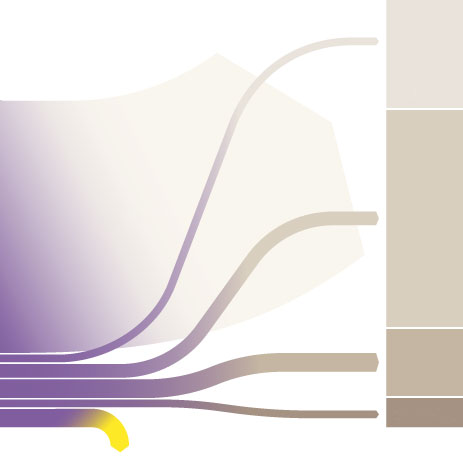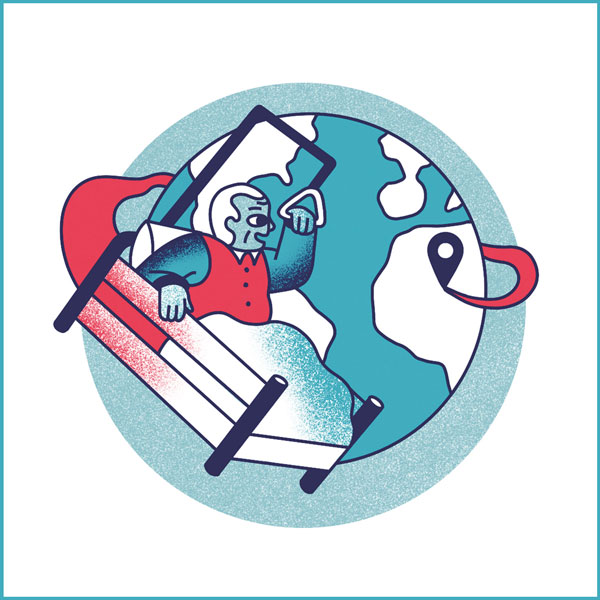Underrated threat
Over a hundred detrimental invasive species are not on the EU’s blacklist. And in Switzerland too, the current system is both full of holes and overstretched.

Summer lilac attracts butterflies. But its leaves offer no nutrition for caterpillars, which is one reason why the butterfly population is in decline. | Image: Keystone/Urs Flüeler
The varroa mite originally comes from Asia, but today this parasite plays a role in bee deaths all over the world. Numerous other organisms travel as passengers with the increasing international flows of trade in goods. Some of these species are without natural predators in their new homelands, and propagate so swiftly that they can cause considerable economic damage, pose a danger to human health, and inflict environmental harm.
“Things are developing too quickly. We have to be more careful, because we don’t know in advance which species we carry around with us might later prove to be harmful”, says the ecologist Sven Bacher from the University of Fribourg. The pace of globalisation is increasing, and so far efforts to contain the dissemination of such species have become less and less effective. This is the conclusion reached by Bacher and 44 of his international colleagues in a joint study they recently published.
Bacher says that New Zealand, by contrast, has an “excellent biosecurity system” that proves in principle that it is indeed possible to limit the impact of alien species. The New Zealand authorities forbid the import of all species except those that are on a ‘whitelist’ and are proven to be harmless. In the EU and in Switzerland, however, the converse principle applies. Here, free trade takes precedence. The import of all species is in general permitted, except for those on a blacklist that are expressly undesirable and forbidden.
The Swiss authorities work with different lists, depending upon the specific task at hand. For example, the Federal Office for the Environment (FOEN) lists species that are displacing local animals and plants. These undesirable species include the Black Sea goby, which is multiplying quickly in our lakes, and is competing with local fish for living space. The Federal Office of Agriculture (FOAG), by contrast, puts an emphasis on organisms that are detrimental to the health of plants.
Incomplete blacklists
These lists all have one thing in common: they are the result of a series of meetings in which experts from all over Europe have pooled their knowledge, and “reached a consensus in a pioneering process”, says Alfred Kläy, the head of the Division for Plant Health at FOAG.
Regrettably, such lists that have simply evolved over time offer no reliable picture of the dangers posed by the organisms we are increasingly carrying round the world with us. That much is proven by Bacher and his colleagues. They have classified alien species by means of a systematic analysis of the literature on their manner and degree of impact. They have thereby managed to define the 149 most threatening species whose spread must be contained as a matter of urgency. But when they compared their list with the EU’s blacklist, they found that the latter contained only 32 of the most threatening species. The remaining 117 species were absent – including the varroa mite. “It is clear that even alien species that have a radical impact can escape the attention of experts”, write the researchers in their article.
Kläy takes the criticism of the lists seriously. FOAG has for several years been carrying out more and more complex threat analyses. The number of inspectors for plant health has almost doubled in the past ten years, he says, though at the same time, the volume of imports has increased greatly. “If resources are limited, you have to make compromises”, he adds. Kläy hopes that things will improve with the new Plant Health Law, which came into force at the beginning of 2020: “Now, for the first time, we can place a cautionary import ban on goods that have been proven to be a high risk to plant health”.




